Sledding dogs are powerful, highly trained working dogs that have been helping humans travel across snowy terrain for thousands of years. Known for their strength, endurance, and teamwork, these dogs thrive in harsh, cold environments — making them perfect for pulling sleds over snow and ice.
Whether you’ve heard of dog sledding through iconic races like the Iditarod or are curious about the breeds behind this incredible practice, this post will walk you through the history, the most popular sledding dog breeds, and how these amazing animals are still used today.
A Brief History of Sledding Dogs
The use of sledding dogs goes back at least 8,000 years, with evidence from ancient Arctic communities in Siberia and North America1. Indigenous groups like the Inuit developed dog sledding as a practical means of transportation, using small sled teams to carry supplies, firewood, and people across vast snowy landscapes2.
Before snowmobiles or trucks existed, sled dogs were the only way to travel in many parts of the Arctic. These dogs also played a major role in mail delivery, exploration, and even emergency missions. One of the most famous moments in sled dog history was the 1925 Serum Run to Nome, where teams of sled dogs helped deliver diphtheria antitoxin to save an Alaskan town — a story that inspired the legendary Iditarod Trail Sled Dog Race1.
Common Sledding Dog Breeds
Many breeds have been used for sledding, but these five are among the most recognized and reliable:
1. Siberian Husky
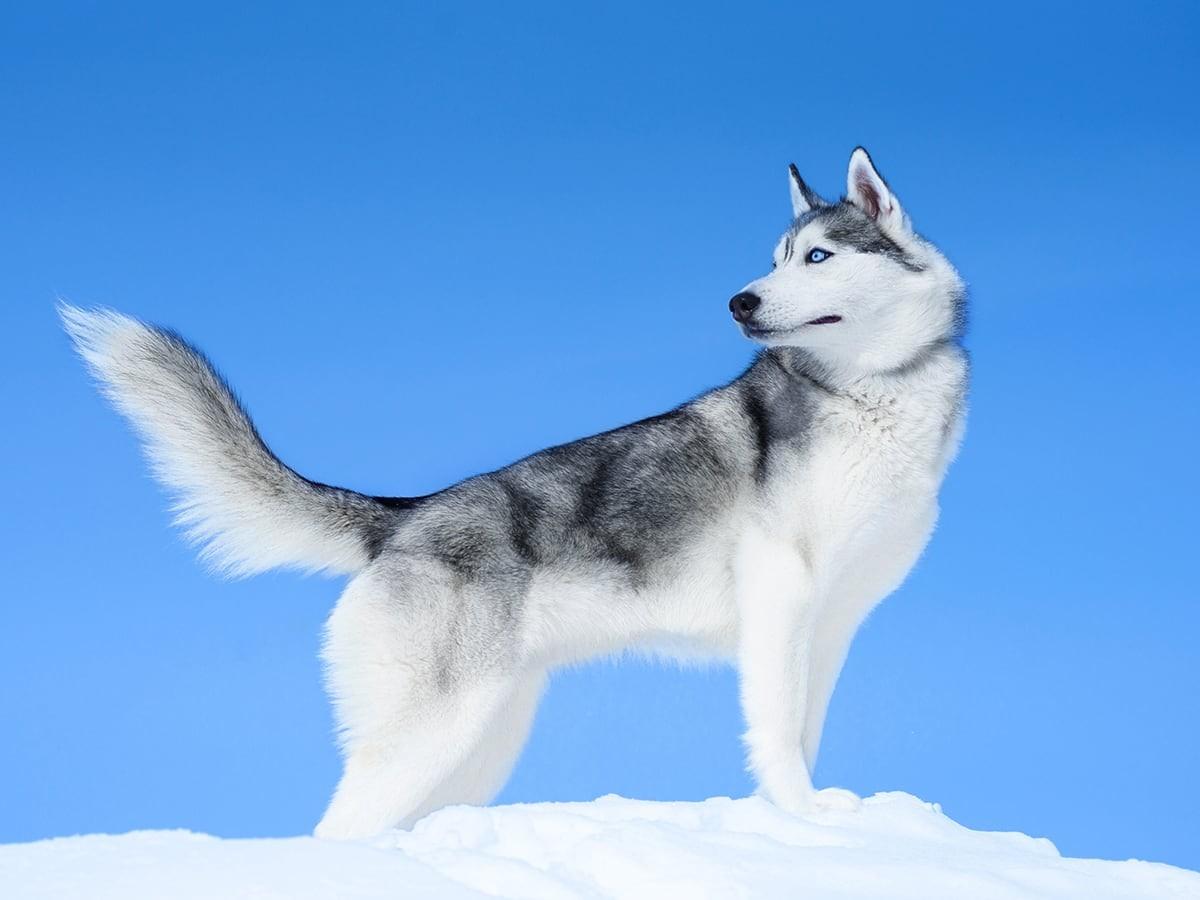
Medium-sized, quick, and full of energy
Known for endurance and a playful, sociable nature
Thick double coat protects them from freezing temperatures
2. Alaskan Malamute
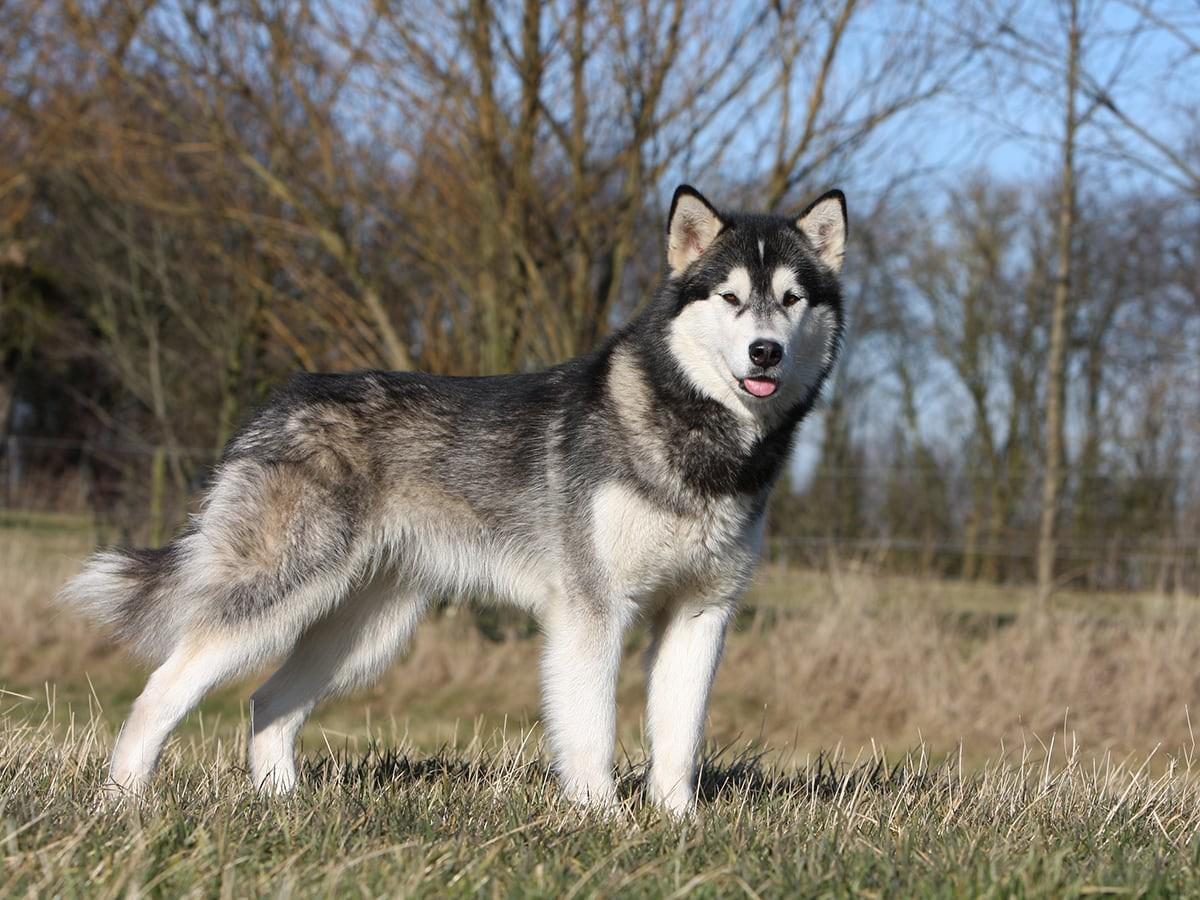
3. Canadian Eskimo Dog
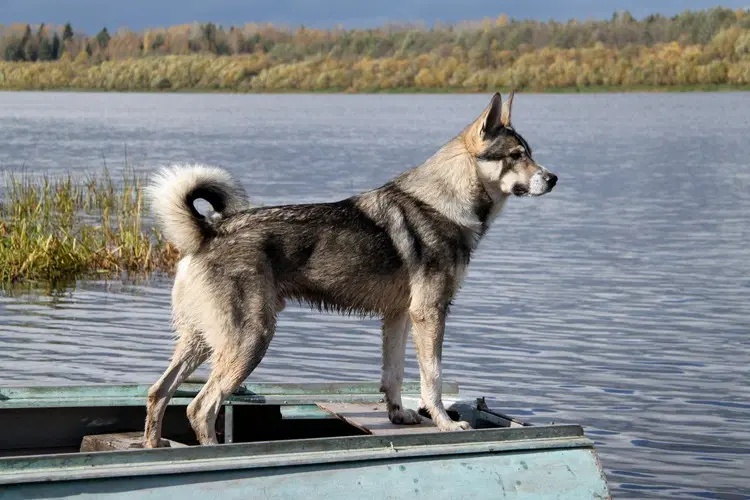
One of the oldest Arctic sled dog breeds
Extremely strong and tough, bred for long-distance hauling
Known for stamina, cold-weather tolerance, and a high drive to work
4. Samoyed
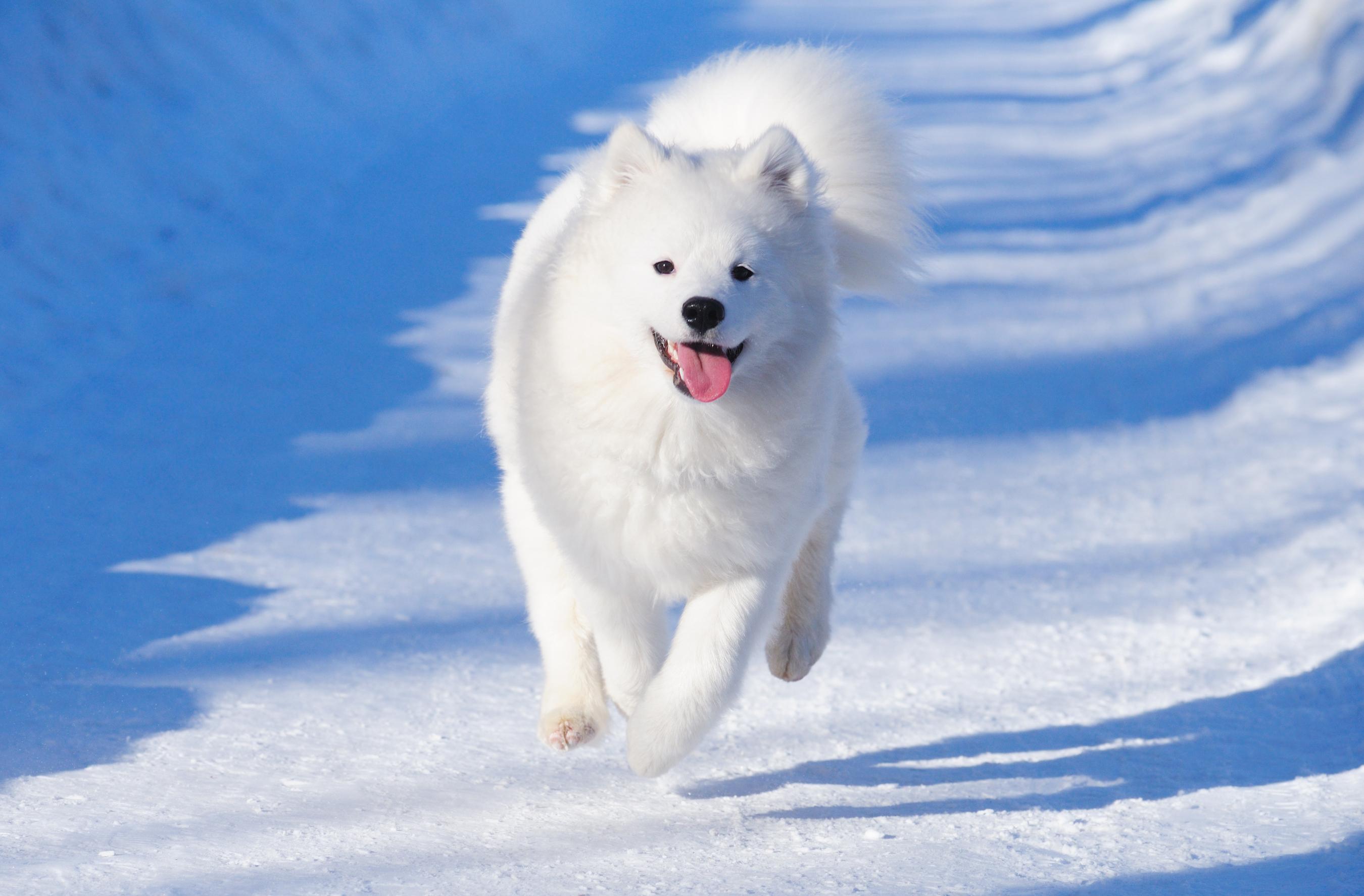
5. Chinook
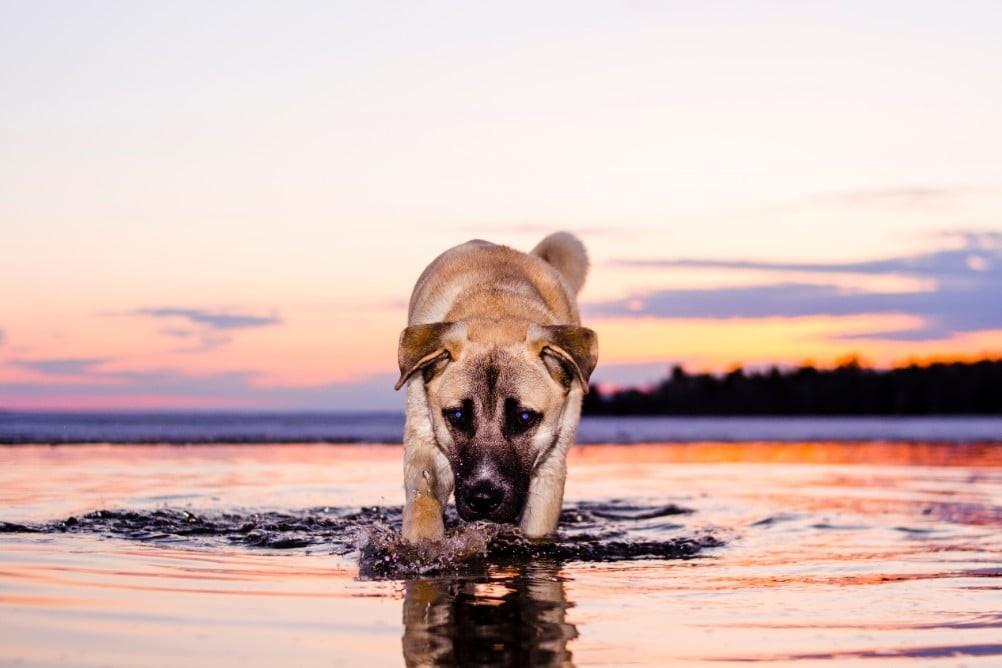
American sledding breed with calm energy
Bred for both strength and companionship
Gentle and good with families
What Makes a Good Sled Dog?
Not every dog is suited for pulling a sled. Great sledding dogs share these traits:
Endurance & Strength: Can run for long distances while pulling weight
Thick Coat: Helps insulate against freezing weather
Teamwork: Must follow commands and work well with other dogs
Energy & Focus: Need a strong drive and ability to stay on task
These traits aren’t just for show — sled dogs need them to do their jobs safely and effectively, whether they’re hauling gear or racing across a snowy trail.
Modern Uses of Sledding Dogs
While sled dogs are still used in some remote Arctic areas for transportation, their role has expanded into new areas:
1. Dog Sledding Sports and Races
Races like the Iditarod (Alaska) and the Finnmarksløpet (Europe) are world-famous events where trained sled dogs compete in endurance challenges across snow-covered landscapes.
2. Winter Adventure and Tourism
Dog sledding tours give people a chance to experience mushing firsthand, whether it's a scenic ride through snow-covered forests or a cultural tour in Arctic regions.
3. Education and Cultural Preservation
Many museums, northern towns, and cultural groups use sled dogs to teach visitors about the history of Arctic travel and Indigenous traditions.
Sledding Dogs and Transportation in the Arctic
Until the 20th century, sledding dogs — along with boats — were the only means of travel across the Arctic. It wasn’t until the arrival of snowmobiles, airplanes, and trucks that sled teams became less common for everyday transport.
Still, their legacy lives on in both practical use and cultural tradition, especially in northern regions of Alaska, Canada, Greenland, and Scandinavia.
Expert Insights From Spot
When it comes to caring for sledding dogs, understanding the potential health costs is just as important as knowing the risks.
According to 2024 data from Spot, the average claim cost for hip dysplasia — a condition common across all five sledding breeds was $613.30*. This reflects the complexity and ongoing care often required for managing joint issues.
Eye conditions, which are another frequent concern in breeds like the Samoyed, Siberian Husky, Alaskan Malamute, and Canadian Eskimo Dog, had an average claim cost of $398.45*. These conditions may include cataracts, inherited blindness, and other visual impairments that often require specialist evaluation or surgery.
Finally, allergies, which can affect sledding breeds such as the Chinook and Canadian Eskimo Dog, cost pet parents an average of $317.71 per claim*. Allergies often require repeat visits for diagnosis and treatment, contributing to ongoing veterinary expenses.
These numbers highlight the importance of preventive care, early detection, and considering pet insurance for high-energy, hard-working dogs like these sledding breeds.
FAQ: Sledding Dogs
What breed of dog is used for sledding? The most commonly used sledding dog breeds include the Siberian Husky, Alaskan Malamute, Canadian Eskimo Dog, Samoyed, and Chinook. Each are known for their strength, endurance, and cold-weather resilience.
Is dog sledding still a thing? Yes! Dog sledding is still practiced in some remote areas for practical transportation. It’s also a popular sport, tourist activity, and part of cultural education in many snowy regions.
Is dog sledding worth the money? Many people find dog sledding to be an unforgettable experience. Whether you’re learning about history or racing across a snowy trail, the experience of working with sledding dogs is exciting, educational, and memorable.
What are dog sled dogs called? They're usually called sled dogs, but within a sled team, they may have specific roles:
Lead dogs: set the pace and follow commands
Wheel dogs: closest to the sled, provide power and control
Team dogs: fill out the middle and help maintain speed
Key Takeaway
Sledding dogs are built for more than just snow — they’re symbols of endurance, teamwork, and tradition. With a rich history going back thousands of years and modern roles in sports, tourism, and education, these dogs continue to play a powerful role in northern life. Whether you're watching a race or going for a sled ride, sled dogs remind us what true working dogs can do.
More About Spot Pet Insurance
Dog insurance can help provide financial assistance for covered veterinary care in case of unexpected accidents, illnesses, or injuries. Our plans can help pet parents manage the eligible costs of covered veterinary care and help ensure that their pets can receive the best treatment possible. Here are some ways that Spot pet insurance plans can help:
Helps Cover Unexpected Veterinary Costs: Spot pet insurance plans help cover the eligible costs of unexpected veterinary treatments, such as emergency surgeries, X-rays, and prescription medications for covered conditions.
Customizable Plans: Choose your annual limit, reimbursement rate, and deductible from a range of options, and create the plan that will fit the needs of your pet and your budget.
Peace of Mind: With Spot pet insurance plans, pet parents can know that they can provide the best care for their pet with less worry about the cost.
To learn more about Spot Plans or to get a free quote, click here.
Conclusion
From ancient Arctic trails to modern-day races, sledding dogs have earned their place in history. They're fast, strong, and driven — and they've helped humans survive, explore, and connect across some of the coldest places on Earth.
Today, they’re not just workers, but athletes and educators too. So whether you’re planning a dog sled adventure or just curious about these amazing animals, one thing is clear: sled dogs are something truly special.

Mostly a tech person, always a pet person. I am dedicated to improving the lives of pets and their humans with technology. Off-duty, I enjoy writing about the misbehaving of computer programs and my two Aussiedoodles, Calvin and Hobbes.
*Based on 2024 Spot Pet Insurance Services, LLC. Claims data
Alaska Mushing School. “The History of Dog Sledding.” Alaska Mushing School, www.alaskamushingschool.com/learn/history-of-dog-sledding/.
Snowy Owl Sled Dog Tours Inc. “The History of Dog Sledding - Snowy Owl Sled Dog Tours.” Snowy Owl Sled Dog Tours, 27 May 2024, www.snowyowltours.com/the-history-of-dog-sledding/.
Vitale, Emma, et al. “An Ethnographic Framework for Identifying Dog Sledding in the Archaeological Record.” Journal of Archaeological Science, vol. 159, 1 Nov. 2023, p. 105856, www.sciencedirect.com/science/article/pii/S030544032300136X, https://doi.org/10.1016/j.jas.2023.105856.











